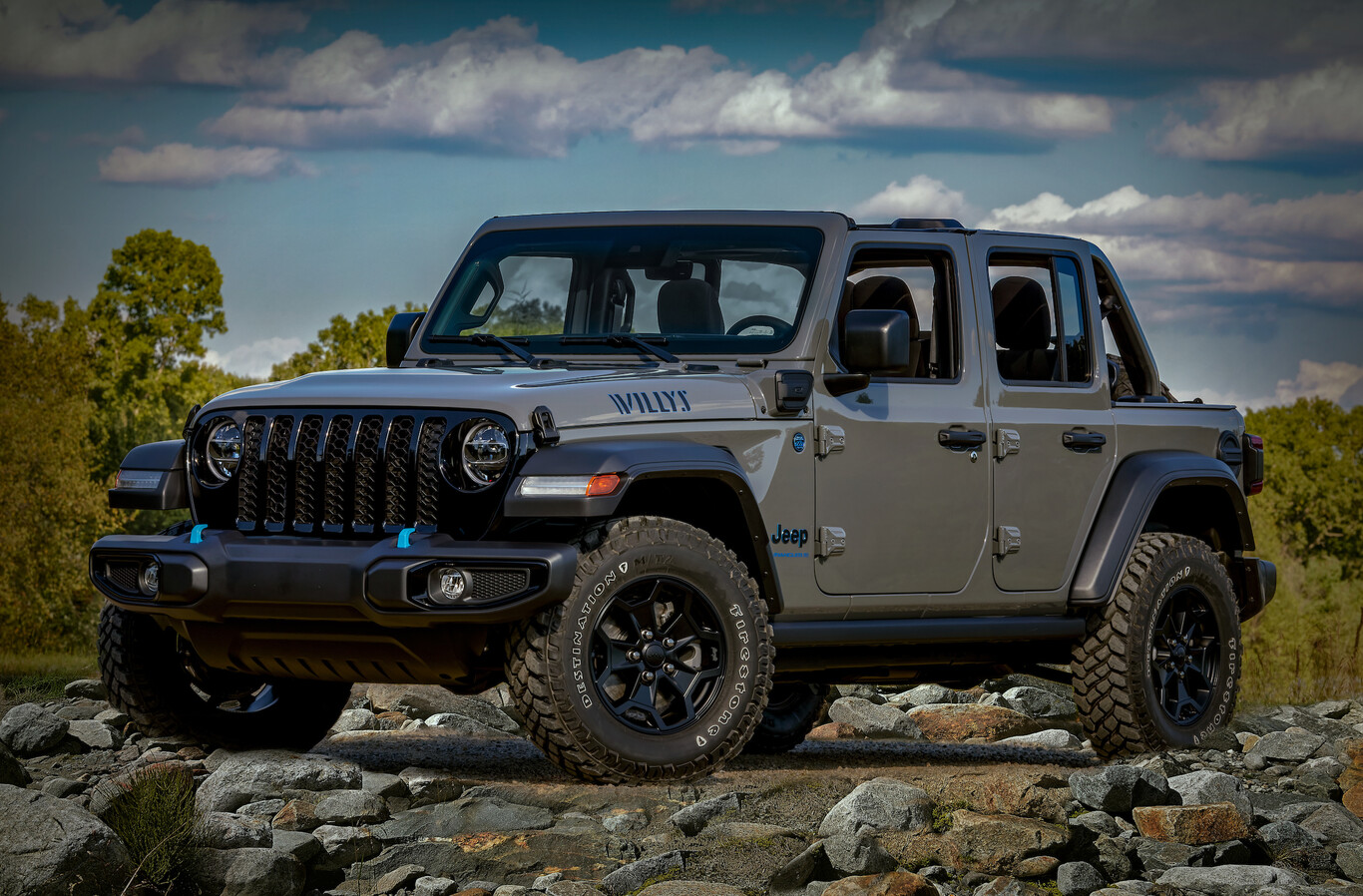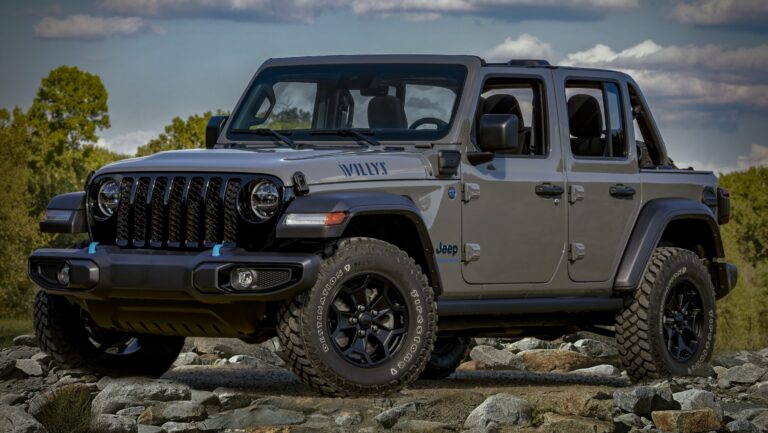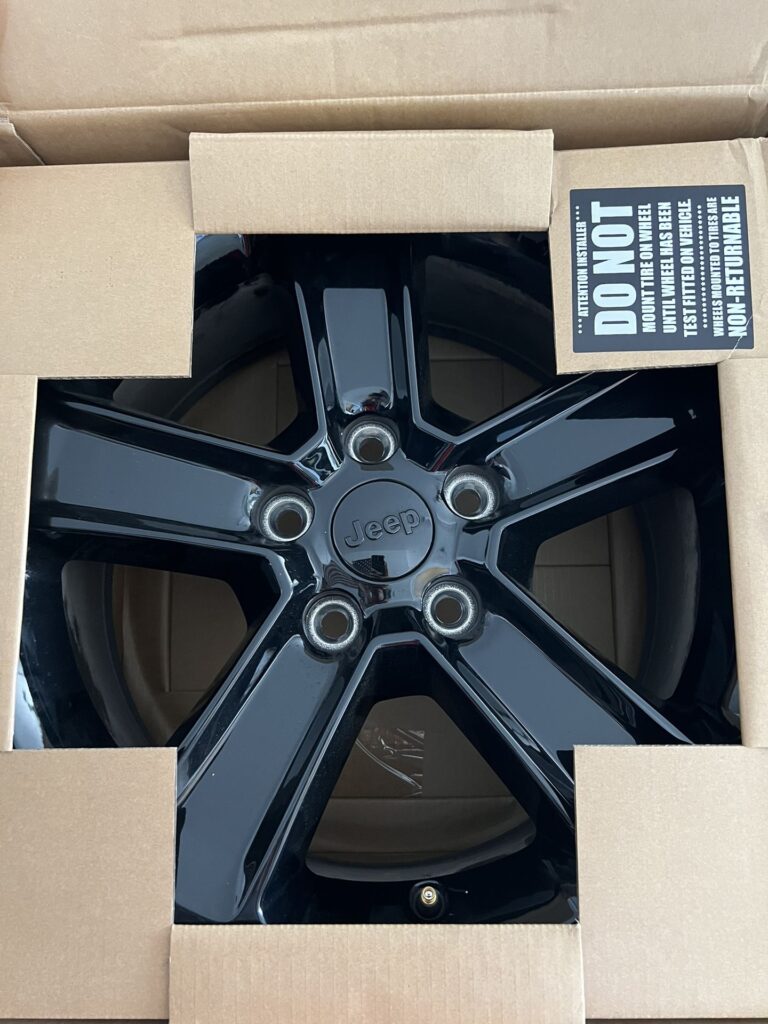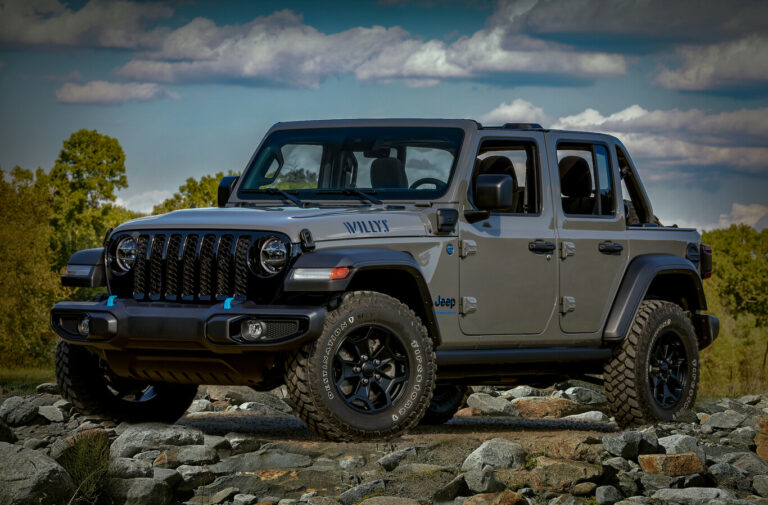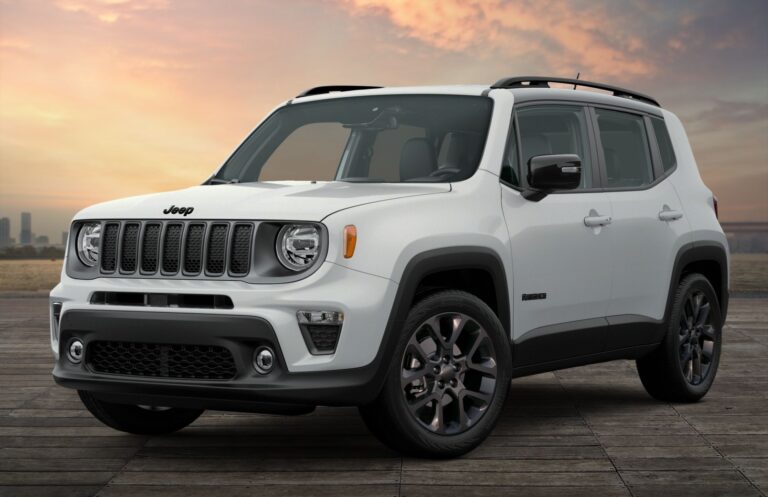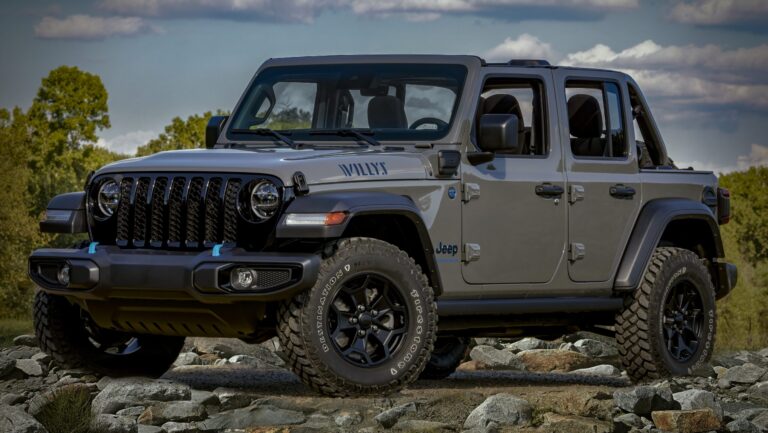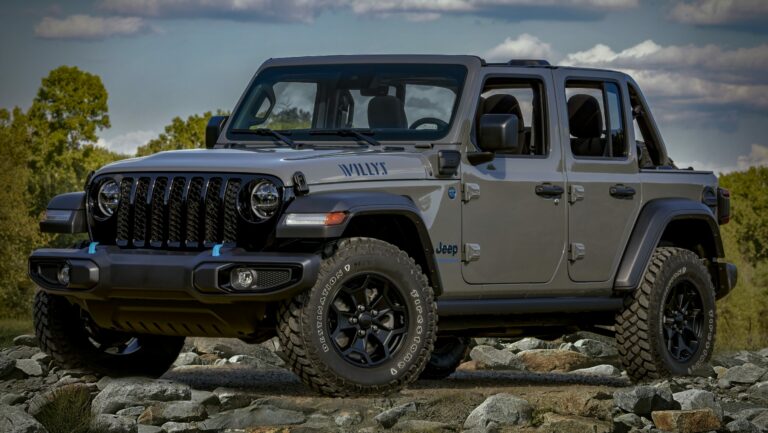Jeep TJ Dana 44 For Sale: Your Ultimate Guide to a Stronger Wrangler
Jeep TJ Dana 44 For Sale: Your Ultimate Guide to a Stronger Wrangler jeeps.truckstrend.com
The Jeep TJ Wrangler is an icon of off-road capability, renowned for its classic looks and rugged performance. However, for many enthusiasts pushing the limits of their TJs with larger tires and more aggressive trails, a common bottleneck emerges: the factory axles. Specifically, the rear Dana 35 and front Dana 30, while adequate for stock setups, often fall short under demanding conditions. This is where the Jeep TJ Dana 44 for sale enters the conversation – a highly sought-after upgrade that promises enhanced durability, strength, and peace of mind on the trail.
This comprehensive guide will delve into everything you need to know about acquiring a Dana 44 axle for your TJ Wrangler, from understanding its benefits to identifying key features, navigating the market, and preparing for installation. Whether you’re a seasoned off-roader or just starting your build, upgrading to a Dana 44 is a pivotal step towards unlocking your TJ’s full potential.
Jeep TJ Dana 44 For Sale: Your Ultimate Guide to a Stronger Wrangler
Why Upgrade to a Dana 44? The Core of Enhanced Capability
For many TJ owners, the question isn’t if they should upgrade their axles, but when and to what. The Dana 44, a robust axle manufactured by Dana Spicer, stands as the quintessential upgrade for several compelling reasons:
- Superior Strength and Durability: Compared to the notoriously weaker Dana 35 rear axle and the somewhat stronger but still limited Dana 30 front, the Dana 44 boasts thicker axle tubes, a larger ring and pinion gear set, and often stronger axle shafts. This translates to a significantly reduced risk of bending tubes, breaking gears, or snapping shafts, especially when running larger tires (33-inch and up) or tackling challenging terrain.
- Increased Weight Capacity: A stronger axle can handle heavier loads, which is crucial for TJs loaded with recovery gear, armor, or even just a heavier aftermarket bumper and tire carrier.
- Vast Aftermarket Support: The Dana 44 platform enjoys an enormous aftermarket. This means an almost endless supply of upgrades, including stronger chromoly axle shafts, a wide variety of lockers (selectable, automatic, limited-slip), custom differential covers, and a full range of gear ratios to optimize performance for any tire size.
- Reliability with Lockers: When you introduce a locker to an axle, you concentrate immense stress on the ring and pinion, and axle shafts. The Dana 44’s inherent strength is far better suited to handle the stresses imposed by traction-aiding devices, making it a reliable foundation for serious off-roading.

In essence, upgrading to a Dana 44 transforms your TJ from a capable trail rig into a truly formidable off-road machine, capable of handling more extreme conditions with confidence.
Identifying a True TJ Dana 44: Know What You’re Buying
Not all Dana 44s are created equal, especially when considering a swap into a TJ. While many different vehicles came equipped with Dana 44s, only specific TJ-native versions are a direct bolt-in. Knowing how to identify them is crucial.
Rear Dana 44 (OEM TJ Specific)
- Differential Cover: The most obvious tell-tale sign. A Dana 44 has an oval-shaped differential cover with 10 bolts. Unlike the Dana 35, which has a distinct "lip" around the fill plug and a more rounded bottom, the TJ Dana 44 cover has a flatter bottom.
- Axle Tube Diameter: The axle tubes are noticeably larger in diameter than those on a Dana 35.
- Brakes: Most OEM TJ Dana 44s (especially those from 2003-2006) came with disc brakes from the factory. While some early 1997-2000 models might have had drum brakes as an option, disc brakes are a strong indicator of a D44.
- Axle Shafts: OEM TJ Dana 44s utilize 30-spline axle shafts (compared to the D35’s 27-spline). Crucially, they are a non-C-clip design, which means the axle shafts are retained by bolts at the outer flange, not by C-clips inside the differential. This is a significant safety and maintenance advantage.
- Vehicle Origin: OEM Dana 44 rear axles were an optional upgrade on Sport and Sahara models and came standard on all Rubicon TJs (which had both front and rear D44s).
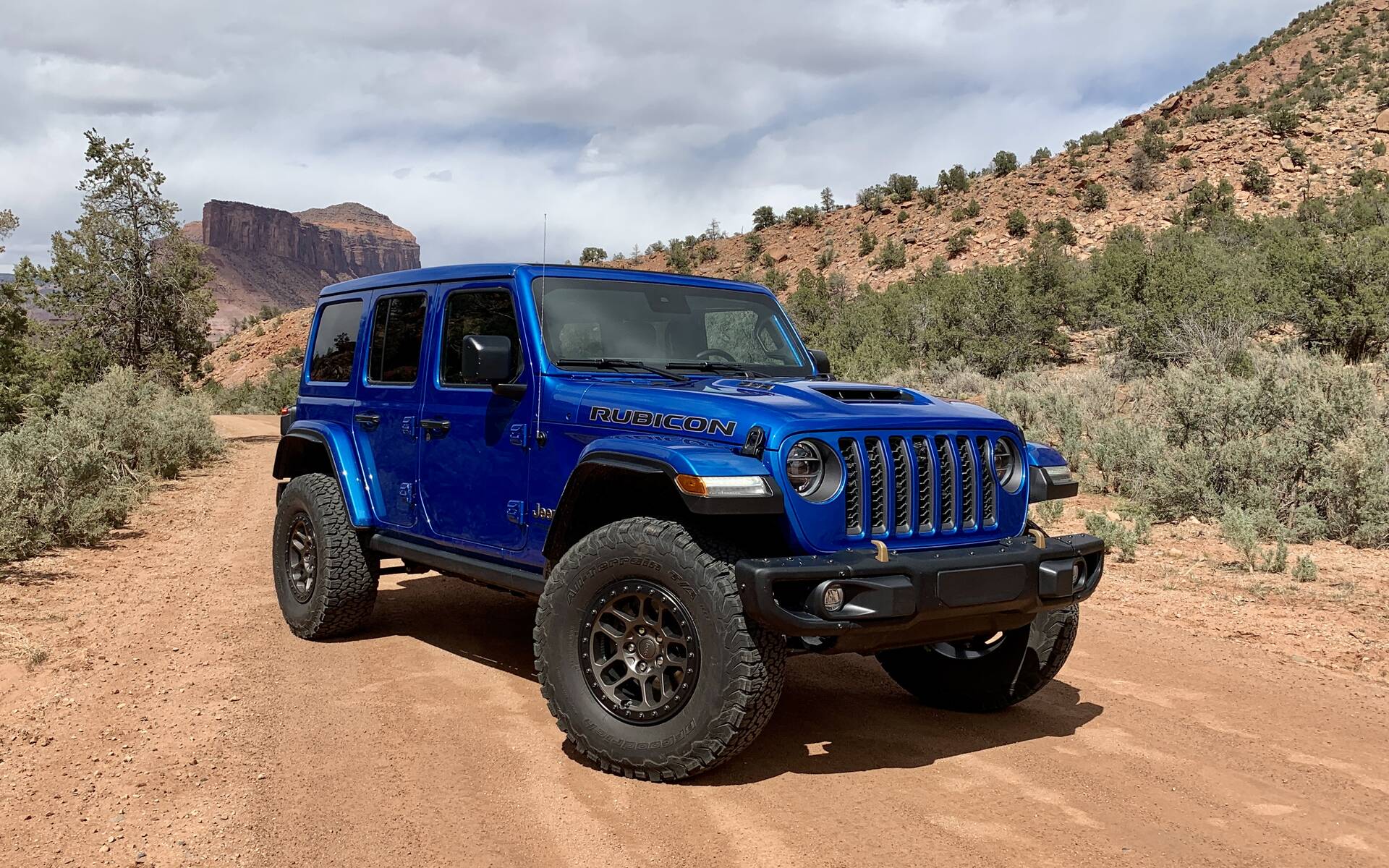
Front Dana 44 (OEM TJ Specific)
- Rubicon Exclusive: The only TJ models that came with a factory front Dana 44 were the Rubicon editions (2003-2006).
- Differential Cover: Similar to the rear, it has an oval 10-bolt cover.
- Overall Sturdiness: While the knuckles and unit bearings are similar to the Dana 30, the housing itself is much more robust.
- Axle Shafts: Features 30-spline inner and outer axle shafts, making them considerably stronger than the D30’s 27-spline setup.
Important Note: Be wary of Dana 44 axles from other vehicles (like XJ Cherokees, ZJ Grand Cherokees, or older Ford/Chevy trucks). While they are Dana 44s, they require significant fabrication (cutting, welding new brackets, adjusting pinion angles, potentially narrowing) to fit a TJ. Focus your search on TJ-specific axles for a direct, headache-free swap.
Where to Find Your Dana 44: Navigating the Market
The market for used Jeep TJ Dana 44s is active, driven by constant demand. Here are the most common places to look:
- Salvage Yards/Junkyards: These can be treasure troves for parts, often offering the lowest prices. However, axles are sold "as-is," requiring thorough inspection. You might find a complete axle, but often they’re stripped or have damaged components.
- Online Marketplaces: Craigslist, Facebook Marketplace, and eBay are popular platforms. Searching locally is often best due to the high cost of shipping heavy axles. Look for sellers who provide detailed photos and are willing to answer questions.
- Dedicated Off-Road Forums & Classifieds: Websites like JeepForum.com, Pirate4x4.com, and specific regional off-road club forums often have "For Sale" sections. Sellers here are typically more knowledgeable and might offer better descriptions and history.
- Specialized Axle Shops/Retailers: Companies that specialize in axle builds (e.g., East Coast Gear Supply, Randy’s Ring & Pinion, local 4×4 shops) often sell rebuilt or upgraded Dana 44s. These are typically more expensive but come with guarantees, new components, and often include desired gear ratios and lockers.
- "Take-off" Axles: Some enthusiasts upgrade from Dana 44s to even stronger axles (like Dana 60s). Their "take-off" D44s can be a great option, as they were often well-maintained and may even include aftermarket upgrades.
Key Considerations When Buying a Used Dana 44
Purchasing a used axle requires diligence. Here’s what to look for and questions to ask:
- Overall Condition:
- Rust: Surface rust is common and generally fine. Excessive, flaky rust can indicate deeper issues or structural compromise.
- Bends/Damage: Inspect the axle tubes for any signs of bending or kinks. Check the differential housing for cracks or impact damage.
- Leaks: Look for oil leaks around the pinion seal, axle seals, and differential cover.
- Fluid Condition: If possible, check the differential fluid. Milky fluid indicates water intrusion, while very dark, sludgy fluid suggests neglect.
- Gearing: This is critical. What gear ratio is currently in the axle (e.g., 3.73, 4.10, 4.56)? If you’re only buying one axle, it must match the gear ratio in your other axle, or you’ll need to re-gear both (a significant added cost).
- Locker Status: Does it have an open differential, a limited-slip differential (Trac-Lok), or an aftermarket locker (e.g., ARB, Eaton, Detroit)? A factory or aftermarket locker adds significant value.
- Axle Shafts: Are they stock or aftermarket (e.g., chromoly)? Inspect them for any twists or damage, especially if the vehicle it came from was heavily wheeled.
- Brakes: What condition are the rotors, calipers, and pads in (for disc brake axles)? Factor in potential brake service costs.
- Price: Compare prices across different sources. Be prepared to negotiate, especially for used parts. The price will vary widely based on condition, gearing, locker status, and location.
- History: Ask the seller about the axle’s history: What vehicle did it come from? How many miles? Was it wheeled hard? Why are they selling it?
Installation and Compatibility: What to Expect
The good news is that a factory TJ Dana 44 (front or rear) is generally a direct bolt-in replacement for your stock TJ axles. This means:
- Mounting Points: The control arm mounts, track bar mounts, shock mounts, and spring perches are in the correct locations for a TJ.
- Bolt Patterns: The wheel bolt pattern (5 on 4.5 inches) is identical to your stock TJ.
- Driveshaft: For the rear axle, you may need a new yoke or a different driveshaft length, especially if you change pinion angle or lift height. The front Dana 44 typically works with the stock Rubicon driveshaft, which is compatible with non-Rubicon TJs.
- Brake Lines: You might need to reroute or slightly extend your brake lines.
- Fluid: Plan to fill your "new" axle with fresh, high-quality differential fluid.
While the swap itself can be a DIY project for those with mechanical aptitude and proper tools, tasks like re-gearing or troubleshooting complex issues might be best left to a professional off-road shop.
Common Upgrades and Modifications
Once you have your Dana 44, the upgrade possibilities are extensive:
- Aftermarket Axle Shafts: Chromoly shafts are a popular choice for extreme strength, especially if you plan to run larger tires or aggressive lockers.
- Lockers: Upgrade from an open differential to a selectable locker (like an ARB Air Locker or Eaton E-Locker) for on-demand traction, or an automatic locker (like a Detroit Locker) for constant traction.
- Re-gearing: Change the gear ratio to match your tire size and engine for optimal power and fuel efficiency. Common ratios for 35-inch tires include 4.56, 4.88, or 5.13.
- Trussing and Gussets: For heavy abuse, consider welding a truss across the axle tubes (especially the front) and gussets to the C-knuckles (on the front D44) to prevent bending.
- Heavy-Duty Differential Covers: Protect your investment with a thick, cast differential cover that can withstand trail impacts.
- Big Brake Kits: If you’re running very large tires, upgrading your brakes (rotors, calipers, pads) on the Dana 44 can significantly improve stopping power.
Potential Challenges and Solutions
While upgrading to a Dana 44 is highly beneficial, be aware of potential hurdles:
- Finding the Right Axle: Good condition TJ Dana 44s, especially front Rubicon axles, can be rare. Be patient and expand your search radius.
- Shipping Costs: Axles are heavy! Factor in freight shipping costs if you’re buying out of your local area. Local pickup is always preferred.
- Unexpected Repairs: Even a "good" used axle might need new seals, bearings, U-joints (for the front), or brake components. Budget for these potential extra costs.
- Installation Complexity (Non-TJ D44s): If you opt for a Dana 44 from a non-TJ vehicle, be prepared for significant fabrication work, which requires specialized tools and welding skills. This is not a direct bolt-in.
- Matching Gearing: Ensure the gearing in the new axle matches your existing axle, or plan for the cost and labor of re-gearing both axles.
Practical Advice and Actionable Insights
- Do Your Homework: Before you start looking, know exactly what you need: front or rear (or both), desired gear ratio, and whether you want a locker included.
- Inspect Thoroughly: Bring a flashlight, a magnet (to check for rust depth), and a straight edge. Don’t be afraid to ask the seller to clean off dirt for a better inspection.
- Ask Lots of Questions: Get as much history as possible. A transparent seller is a good sign.
- Negotiate: Especially with private sellers, there’s often room for negotiation on price.
- Budget Beyond the Purchase Price: Always factor in new fluids, seals, possibly bearings, brake components, and the cost of re-gearing if necessary, plus installation labor if you’re not doing it yourself.
- Consider a Professional Inspection: If you’re spending a significant amount on a used axle, it might be worth paying a trusted mechanic or off-road shop a small fee to inspect it before you commit.
Estimated Price Guide for Jeep TJ Dana 44 Axles
The price of a Jeep TJ Dana 44 can vary significantly based on its condition, whether it includes gears and a locker, and market demand. This table provides a general estimated range (in USD) for common configurations.
| Axle Type | Condition / Features | Estimated Price Range (USD) | Notes |
|---|---|---|---|
| Rear Dana 44 | Bare Housing (no internals, no shafts) | $200 – $400 | Rare find, typically for custom builds where all new internals are planned. |
| Good Used (complete, stock gears, open diff) | $600 – $1,200 | Most common find. Price depends on mileage, wear, and overall condition. | |
| Good Used (complete, stock gears, Trac-Lok LSD) | $800 – $1,500 | Limited-slip differential adds value. Often in good shape due to less aggressive use. | |
| Good Used (complete, stock gears, aftermarket locker) | $1,000 – $2,000+ | A pre-installed aftermarket locker (e.g., ARB, Eaton) significantly increases the price. | |
| Rebuilt/Upgraded (new gears, shafts, locker) | $2,000 – $3,500+ | From specialized shops, essentially new performance with desired upgrades. Often comes with a warranty. | |
| Front Dana 44 | (Rubicon Exclusive) Good Used (complete, stock gears) | $1,500 – $2,500 | Rarer and highly sought-after. Typically includes the factory air locker and 4.10 gears. |
| Rebuilt/Upgraded (new gears, shafts, locker) | $2,800 – $4,500+ | Premium option for ultimate front-end strength and capability. | |
| General Cost Considerations (Additional) | |||
| Re-gearing | (per axle, parts & labor) | $600 – $1,000 | Essential if the current gears don’t match your other axle or you need a different ratio for your tire size. |
| Installation | (per axle, labor only) | $300 – $700 | If you’re not performing the swap yourself. Can vary based on shop rates and complexity. |
| Shipping | (freight for complete axle) | $200 – $600+ | Highly variable by distance, weight, and carrier. Local pickup is almost always cheaper. |
Disclaimer: These are estimated ranges. Actual prices will fluctuate based on location, market demand, specific features (e.g., brand of locker, type of shafts), and the seller’s urgency.
Frequently Asked Questions (FAQ) about Jeep TJ Dana 44s
Q: Is a Dana 44 a direct bolt-in for my TJ?
A: Yes, if it’s an OEM Dana 44 specifically from a Jeep TJ Wrangler (either a rear D44 option or a Rubicon front/rear D44). Dana 44s from other vehicles (like XJ Cherokees, ZJ Grand Cherokees, or Ford/Chevy trucks) require significant fabrication to fit a TJ.
Q: How can I tell if my TJ already has a Dana 44?
A: Check the differential cover. A Dana 44 has an oval-shaped cover with 10 bolts and a relatively flat bottom. A Dana 35 has a more rounded, oval-shaped cover with 10 bolts but a distinct "lip" around the fill plug. All Rubicon TJs came with front and rear Dana 44s. Some Sport and Sahara models were optionally equipped with a rear Dana 44.
Q: What’s the biggest tire size I can run with a Dana 44?
A: With stock axle shafts and moderate off-roading, 35-inch tires are generally well-supported by a Dana 44. For aggressive off-roading or larger tires (37-inch+), upgrading to chromoly axle shafts and potentially trussing the axle tubes is highly recommended for durability.
Q: Should I buy a bare Dana 44 housing or a complete axle?
A: A complete axle is usually more cost-effective if the existing gear ratio and locker (if present) meet your needs. A bare housing is typically only purchased for custom builds where you plan to install all new internals (gears, locker, shafts) anyway.
Q: What should I prioritize when inspecting a used Dana 44?
A: Focus on structural integrity: check for bent axle tubes, cracks in the differential housing, and excessive rust that compromises strength. Also, look for signs of leaks from seals and excessive play in the pinion or wheel bearings.
Q: What’s the difference between a C-clip and non-C-clip Dana 44?
A: A C-clip axle uses a C-shaped clip inside the differential to hold the axle shaft in place. If an axle shaft breaks, the wheel can potentially come off. A non-C-clip axle (like the OEM TJ rear Dana 44) retains the shaft with a flange that bolts to the axle tube end, preventing the wheel from detaching if a shaft breaks. Non-C-clip is generally preferred for safety and easier axle shaft removal.
Conclusion
The decision to invest in a Jeep TJ Dana 44 is one of the most impactful upgrades you can make to your Wrangler. It transforms your vehicle’s durability and capability, allowing you to confidently tackle more challenging trails and run larger tires without constant worry of axle failure. While the search for the right Dana 44 requires diligence and an understanding of the market, the rewards are immense. By following the advice in this guide, you’ll be well-equipped to find, assess, and integrate a robust Dana 44 into your TJ, ensuring countless adventures for years to come. Your TJ deserves the strength of a Dana 44, and with the right approach, you can make that essential upgrade a reality.
